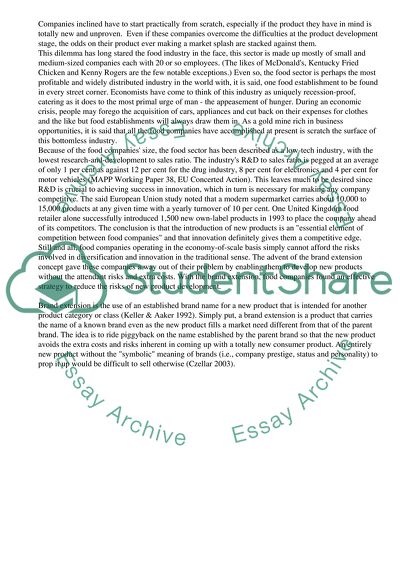Cite this document
(“Brand Extension for Reducing Risks Essay Example | Topics and Well Written Essays - 2500 words”, n.d.)
Brand Extension for Reducing Risks Essay Example | Topics and Well Written Essays - 2500 words. Retrieved from https://studentshare.org/business/1515171-brand-extension-for-reducing-risks
Brand Extension for Reducing Risks Essay Example | Topics and Well Written Essays - 2500 words. Retrieved from https://studentshare.org/business/1515171-brand-extension-for-reducing-risks
(Brand Extension for Reducing Risks Essay Example | Topics and Well Written Essays - 2500 Words)
Brand Extension for Reducing Risks Essay Example | Topics and Well Written Essays - 2500 Words. https://studentshare.org/business/1515171-brand-extension-for-reducing-risks.
Brand Extension for Reducing Risks Essay Example | Topics and Well Written Essays - 2500 Words. https://studentshare.org/business/1515171-brand-extension-for-reducing-risks.
“Brand Extension for Reducing Risks Essay Example | Topics and Well Written Essays - 2500 Words”, n.d. https://studentshare.org/business/1515171-brand-extension-for-reducing-risks.


